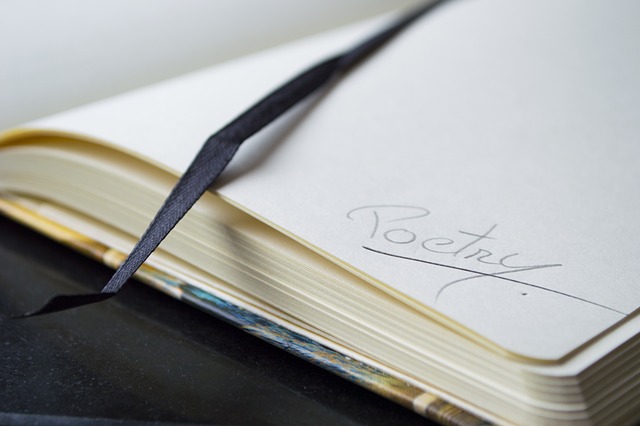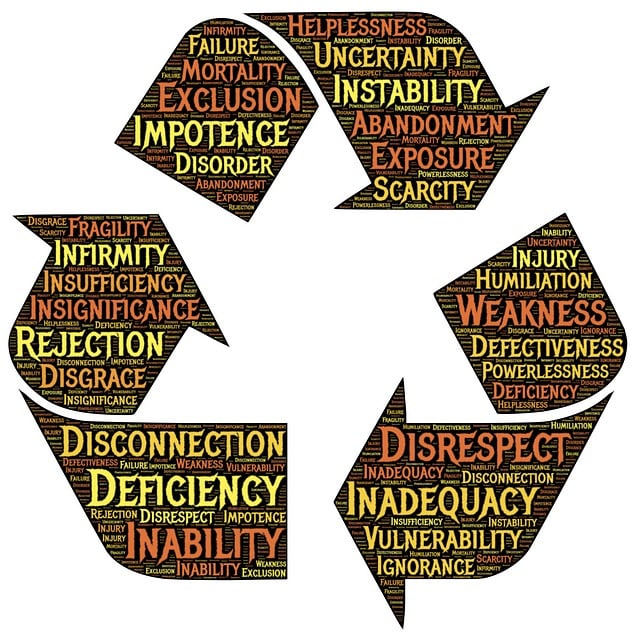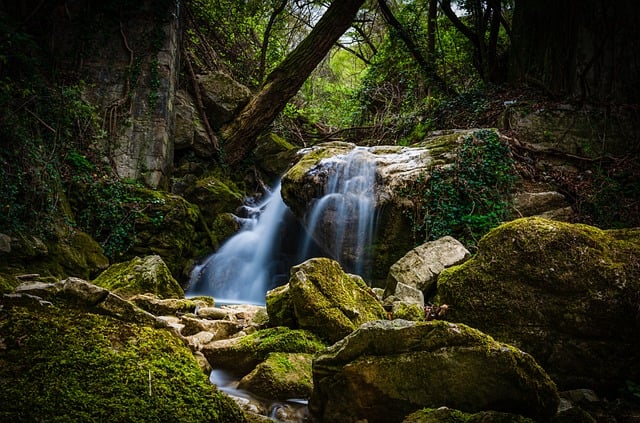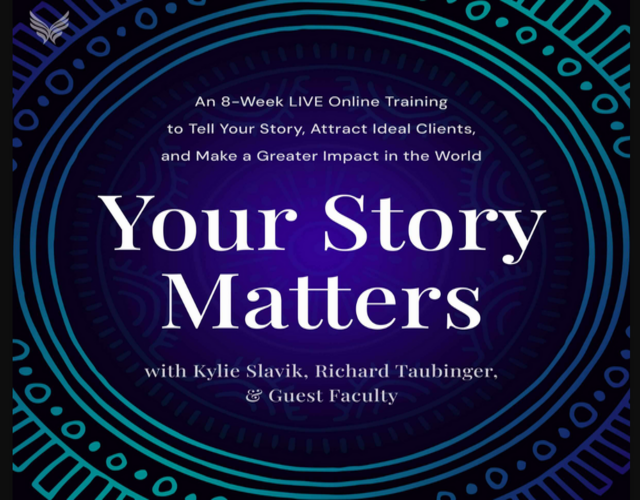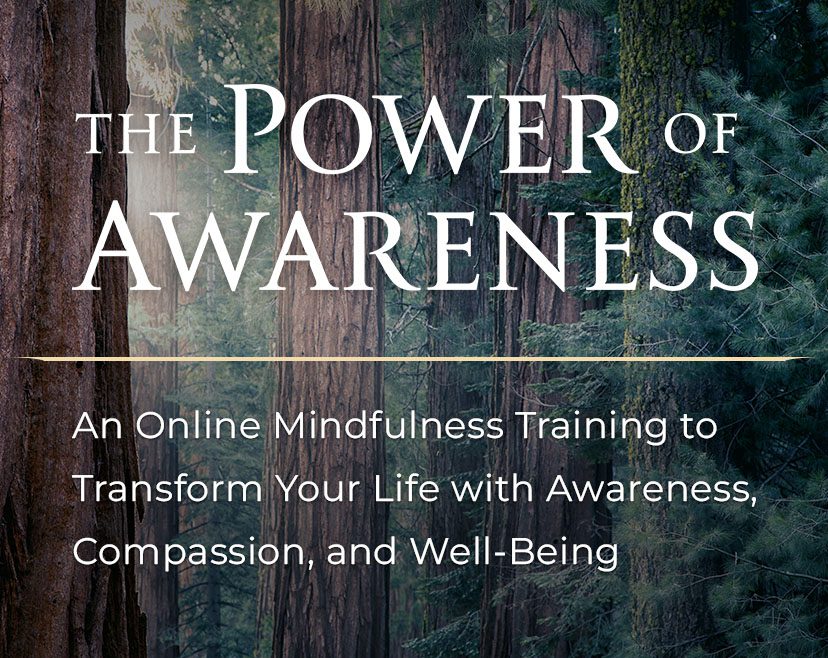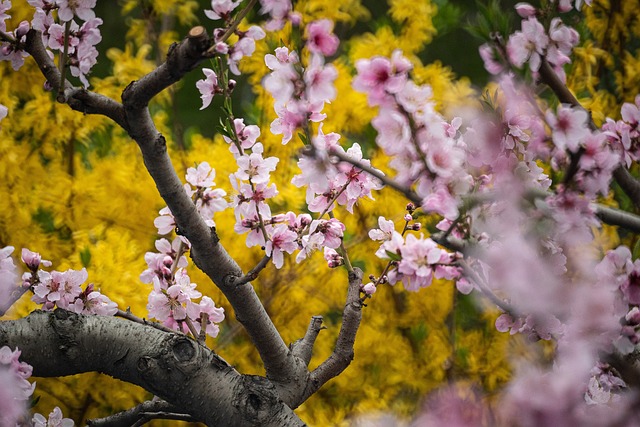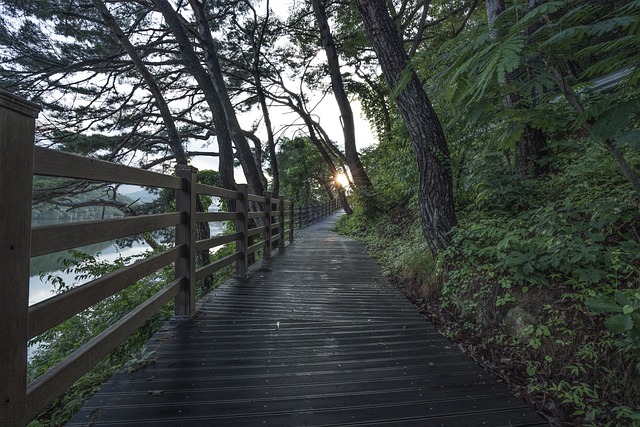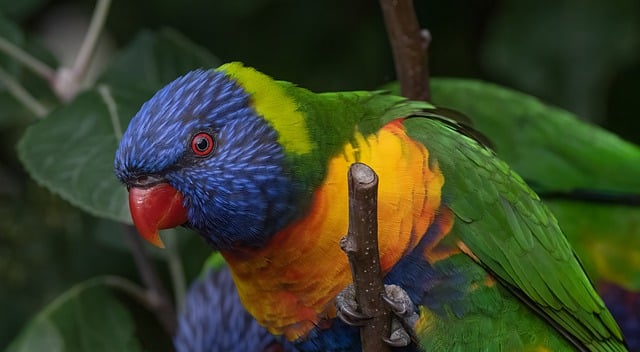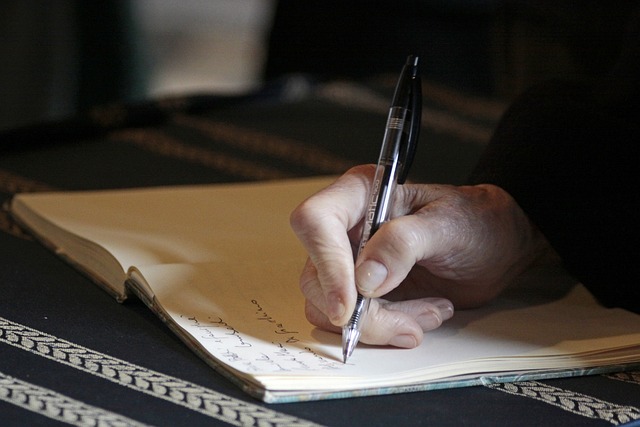I have just been reading Kim Rosen’s brilliant book, Saved by a Poem: The Transformative Power of Words. I found it enlightening, stimulating and inspirational – opening up new areas for personal exploration. Kim is a world-renowned poet, activist, an award-winning “spoken-word artist, and a teacher of self-inquiry. She brings a rare openness, insight and compassion to her writing and numerous individual and community engagements. Kim collaborated with cellist Jami Seber to create Feast of Losses, a unique merging of music and poetry. The collaborative endeavour reflects the ambiguity of everyday life in today’s world – life and death, grief and joy, loss and gratitude.
Saved by a poem
In her book, Kim describes situations in her own life and that of significant other people where a poem has proved to be a source of insight, healing, support, and rescue from depression and/or suicide ideation. At the age of 15, Kim experienced an awakening from what she describes as her insular life characterised by “distance, intelligence, and control”. The poem, “somewhere I have never travelled, gladly beyond” by E.E.Cummings, broke through her protective shell – a remarkable unfolding occurred through the “waves of sensation, emotion, and imagery” she experienced when reading the poem aloud.
Kim explains that the healing from poetry occurred for her not from writing poems but from “taking a poem deeply” into her heart and life and speaking it aloud. She contends that the language of poetry is not a purely intellectual exercise but involves a holistic approach – engaging the whole person, their thoughts, emotions, spirit and body. Poetry enables personal integration, reinforcing the mind-body connection, exposing our inner reality and its embodiment in our physical sensations. It creates a sense of being vulnerable before a deeply profound truth that is difficult to deny.
Developing a relationship with a poem
Kim explains that sometimes we can seek out a poem for strength and support in a time of crisis – at other times a poem can seek us out. We may initially resist a poem’s message but eventually if we persist, especially in reading it aloud, it will penetrate our defences. She suggests that to take a poem into our life requires allowing the words to ignite our true essence – achieving an alignment of our “thoughts, words, and deeds with our heart’s wisdom and longing”.
Kim tells the story of when she lost all her investments and savings in a scam that left her unable to pay rent. A friend offered her somewhere to stay and together they continuously read aloud the poem Kindness, created by Naomi Shihab Nye. The poem seemed to find each of them independently before they shared lodging for a while. Kim recounts how, after memorising the poem and repeatedly saying it aloud, she came to understand that the kindness referred to in the poem is not about kindness to others but the kindness others offer you when you have lost everything. The opening words of the poem resonated deeply with her – Before you know what kindness is, you must lose things. Kim experienced an incredible outpouring of kindness from others when she lost everything – offers of accommodation or financial support and many gifts (even a year’s supply of lattes).
Kim suggests that choosing to learn a poem by heart can be influenced by curiosity, desire for pleasure, love or a personal need arising from a crisis. She also talks of the challenge from what she calls “the yoga of poetry”. We might be attracted initially to a poem but its inherent challenge, intellectually and/or emotionally, may be off-putting. The focal poem requires a degree of stretch, moving beyond our comfort zone or opening ourselves to new insights about ourself and/or others. This yoga-like stretch can be achieved progressively by persisting with the poem, reading it aloud, committing it to memory and, where possible, sharing it with others.
Opening up to poetry
Kim describes the habit she developed of recording poems in a diary, both those she has written and poems by others. She describes the resultant record as an Autobiography in Poems. She explains how each group of poems addressed a need at a particular point in her life, e.g. to challenge her “idealized image” of herself; facing chaotic feelings; and finding herself and her life purpose.
Kim argues that we can access the transformative power of poetry by writing or reading poetry, joining a poetry writing group, reading poems aloud by ourself or in public presentations, reading poems with a group and/or recording poems that appeal to us in a diary (or on digital voice media). She encourages us to explore poetry as a way of opening ourselves to the richness of our inner life, as well as our inhibitions.
Reflection
In her book, Kim describes how poetry saved Maya Angelou, after she had been raped by her mother’s boyfriend (at the age of seven) who was jailed and subsequently murdered. Maya, feeling guilty for exposing her attacker and contributing to his death, became mute for six years. During her silence, she memorised poems that appealed to her, including 60 Shakespearean sonnets. Her school teacher (when Maya was 12 years of age) was aware that Maya was mute and loved poetry, so she challenged her by saying, “in order to love poetry, you must speak it”. This led to Maya reciting a sonnet from Shakespeare – her first spoken words in six years. Maya went on to become a world-famous author, poet and activist. She also pioneered a unique autobiographical style in her book, I Know Why the Caged Bird Sings.
Kim observes that poems “seemed to know me better than I knew myself” and often “reflected my deepest feelings more intimately than words alone can touch” – because what touches us through a poem Is “between and beyond” the actual words. She maintains that poems can give voice to supressed feelings and longings that may be hidden from ourselves. I found this personally when I wrote a poem called The Inflammatory Thread in My life after hearing William Stafford’s poem, The Way It Is, provided as a stimulus piece for our writer’s meetup group with the Health Story Collaborative. Until I wrote the poem, I had not realised the extent of my frustration with my allergies and food sensitivities that were impacting what I could eat and drink and negatively affecting my relationships.
Writing, reading, speaking or sharing poetry can help us to grow in mindfulness because these activities can develop deep insight, expose our inner landscape and strengthen our resolve and courage, along with inspiring us to emulate the compassionate action of others.
__________________________________________
Image by cromaconceptovisual from Pixabay
By Ron Passfield – Copyright (Creative Commons license, Attribution–Non Commercial–No Derivatives)
Disclosure: If you purchase a product through this site, I may earn a commission which will help to pay for the site and the resources to support the blog.
